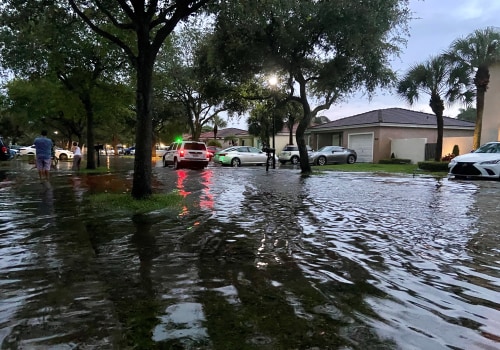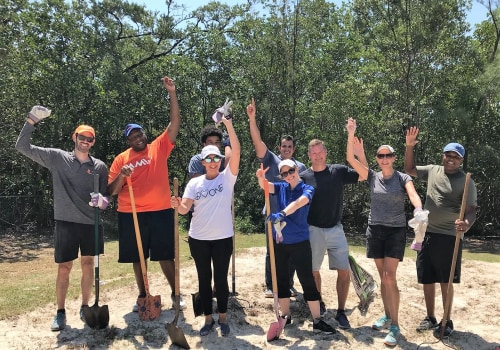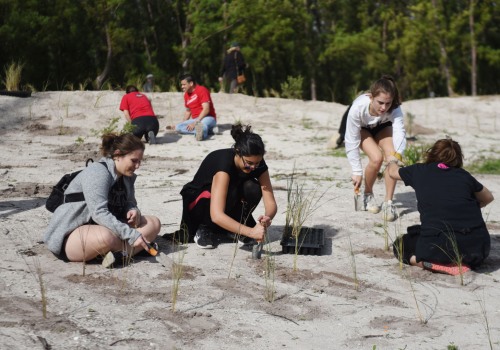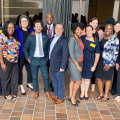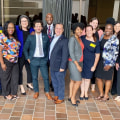Uniting for a Stronger Community
In Miami-Dade County, FL, voluntary organizations are finding powerful allies in the form of local businesses and corporations, forming dynamic partnerships that go far beyond simple sponsorships. These collaborations are transforming the way nonprofit groups support residents, solve community issues, and build lasting impact. Whether it's a small food bank teaming up with a grocery chain to fight hunger, or an environmental nonprofit working with landscaping companies to promote sustainability, these partnerships are redefining what it means to give back. The result is a ripple effect of goodwill and tangible improvement across neighborhoods, from downtown Miami to suburban areas like Kendall and Coral Gables.
Shared Goals and Mutual Benefits
At the heart of these partnerships is a shared vision for community betterment. Nonprofits bring grassroots knowledge, outreach skills, and mission-driven programming. Meanwhile, businesses contribute funding, resources, and infrastructure support. This synergy leads to more effective programs, greater visibility for both parties, and strengthened trust within the community. For example, corporations often offer employee volunteer hours or match donations to local charities, creating a culture of giving within their workplace. These efforts not only help nonprofits achieve their goals faster but also reflect positively on businesses, enhancing their brand reputation and employee morale.
Creative Collaborations in Action
Some of the most successful collaborations are those that get creative. Health organizations have partnered with gyms and wellness centers to offer free fitness classes in underserved areas. Education-focused nonprofits are teaming up with tech companies to bridge the digital divide by donating laptops and internet access to students in need. Even service providers are joining in—take, for instance, how companies offering tree services in North Miami Beach, FL have worked with environmental groups to conduct community beautification projects, combining necessary maintenance with education about the importance of urban tree canopies. These collaborations show that impact can be made on both the micro and macro levels when organizations align their missions with real, local needs.
Boosting Economic and Social Equity
These partnerships aren’t just about doing good—they’re also about addressing systemic challenges. Many collaborations focus on boosting economic mobility through job training programs, small business incubators, and workforce development initiatives. Local businesses are often eager to invest in these efforts, knowing that stronger communities also mean a stronger local economy. At the same time, nonprofits provide the community insight needed to ensure programs are inclusive and accessible. Together, they’re addressing inequities in education, healthcare, housing, and employment—turning shared values into measurable progress.
Building Resilience and Long-Term Impact
What makes these partnerships truly impactful is their sustainability. Rather than one-time donations or photo-op events, these alliances focus on long-term goals and measurable outcomes. Businesses provide consistent funding or in-kind services, while nonprofits report back on success metrics and community feedback. In times of crisis—like hurricanes or public health emergencies—these partnerships also play a crucial role in mobilizing rapid response resources, distributing aid, and supporting recovery. The relationships formed during calmer times become the backbone of coordinated emergency efforts, proving that collaboration is not just beneficial—it’s essential.
Conclusion: A Model for Modern Community Building
The partnerships between voluntary organizations and local businesses in Miami-Dade County, FL, offer a modern blueprint for community development. These collaborations are bridging gaps, building relationships, and creating innovative solutions that neither sector could accomplish alone. By combining compassion with commerce, and purpose with profit, Miami-Dade is showing how public-private partnerships can drive meaningful change across every neighborhood, one project—and one partnership—at a time.
